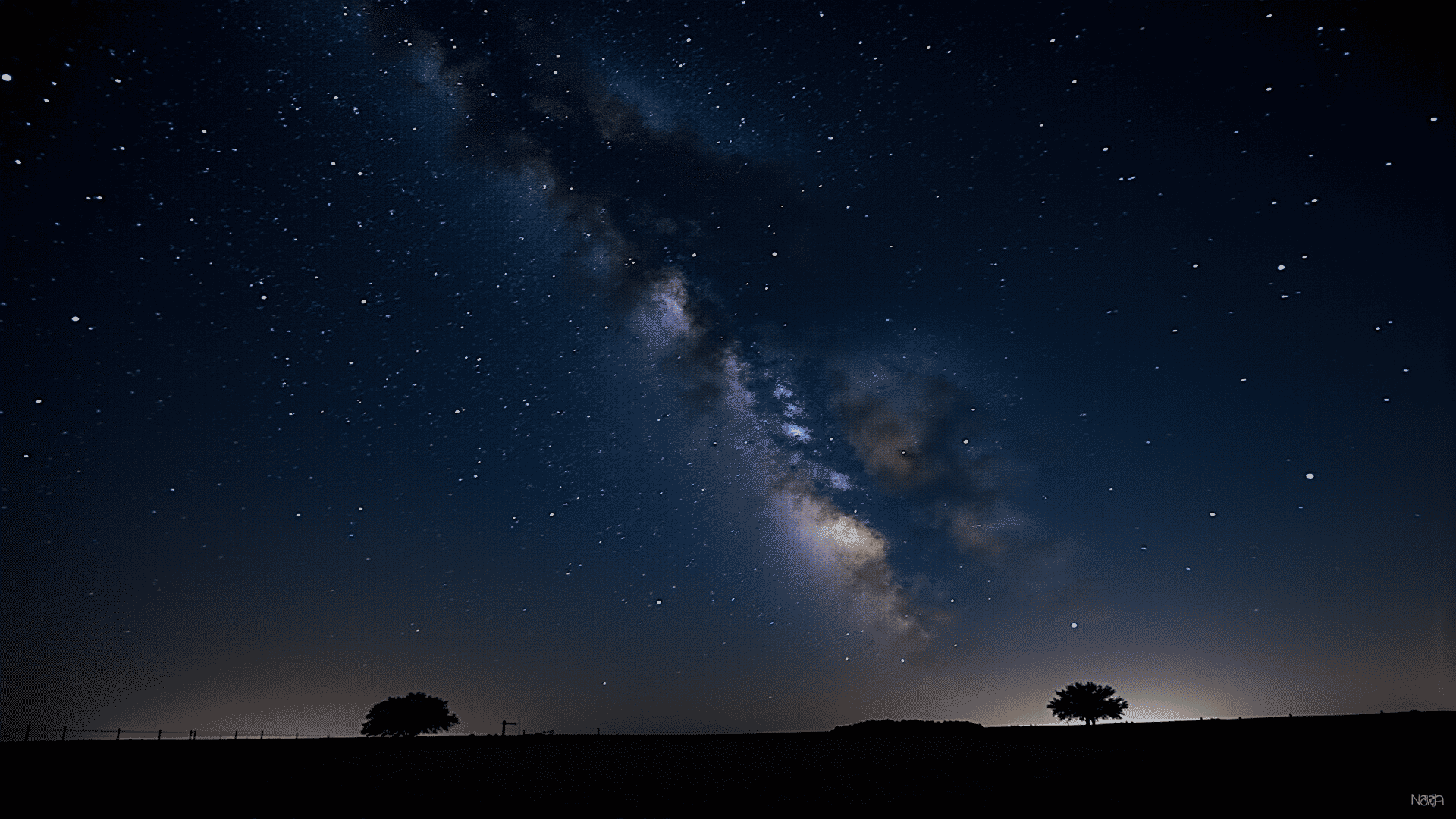When it comes to capturing the vast and diverse skies of Texas, photographers are presented with an exciting array of opportunities. From its breathtaking sunsets to its crystal-clear nights, the Lone Star State offers endless inspiration. Whether you're a seasoned photographer or a passionate amateur, exploring the techniques to capture Texas skies can elevate your craft and provide you with stunning imagery to cherish.
Understanding Texas Skies
The first step in mastering sky photography in Texas is to understand the unique characteristics of the region. Known for its expansive landscapes and varying climate, Texas skies can shift dramatically from one moment to the next. This variability offers photographers a dynamic palette of colors and moods to work with, from bright midday sun to dramatic thunderclouds.
Gear and Equipment Essentials
To capture the full beauty of Texas skies, having the right equipment is vital. A tripod is essential for stability, especially when shooting long exposures of starry nights. Wide-angle lenses are perfect for capturing sweeping landscapes, while telephoto lenses can help isolate interesting cloud formations or distant subjects. Don't forget a good-quality polarizing filter, which can enhance the colors of the sky and reduce glare.
Techniques for Daytime Skies
Photographing daytime skies requires attention to lighting and composition. Early morning and late afternoon are ideal times to shoot, as the light is softer and more golden. Pay attention to the horizon and incorporate foreground elements, such as trees or buildings, to create depth and interest in your photographs.
Experimenting with different camera settings can also yield varied results. A small aperture (high f-stop) will help maintain sharpness throughout your image, while adjusting the shutter speed can capture the movement in clouds. Employing these techniques can help highlight the majesty of Texas' expansive daylit skies.
Capturing Sunsets and Sunrises
Texas is renowned for its remarkable sunsets and sunrises. To capture these magical moments, scout your location in advance to find an unobstructed view. Use cloud cover to your advantage, as it can add texture and layers to your images. Be ready to shoot just before and after the sun crosses the horizon for the most vivid colors. Using a graduated neutral density filter can also balance the exposure between the bright sky and darker land.
Mastering Night Sky Photography
Clear Texas nights are a stargazer’s paradise. To capture the essence of the night sky, choose a location far from city lights. Set your camera to a high ISO and use a wide aperture to allow as much light as possible to hit the sensor. Long exposure times will help capture more stars and, with some experimentation, star trails can be an exciting addition to your portfolio.
A sturdy tripod and a remote shutter release are crucial when photographing the night sky. They’ll help prevent any movement that could cause blurring in your long exposure shots. Also, familiarize yourself with the positions of celestial bodies across different seasons to plan your shoots for meteor showers or the Milky Way.
Seasonal Variations
Each season in Texas offers unique sky photography opportunities. Spring and summer bring dramatic thunderstorms and lightning displays, while fall offers clearer skies perfect for capturing the Milky Way. Winter, on the other hand, provides a chance to photograph crisp dawn skies and striking cloud formations.
Post-Processing Tips
Post-processing plays an important role in sky photography. Using software like Lightroom or Photoshop, you can enhance the natural colors of the sky, bring out details in the clouds, and balance the exposure. Focus on maintaining a natural look while emphasizing the parts of the image that caught your eye during the shoot.
Conclusion
Capturing the skies over Texas can be a transformative experience for any photographer. By understanding the unique conditions of the region, using the right equipment, and applying appropriate techniques, you can create stunning images that showcase the extraordinary beauty of Texas skies. Whether it's the glow of a fiery sunset or the sparkle of a star-filled night, the possibilities for capturing breathtaking skyscapes in Texas are truly endless. Embrace the challenge, and let your creativity soar.
